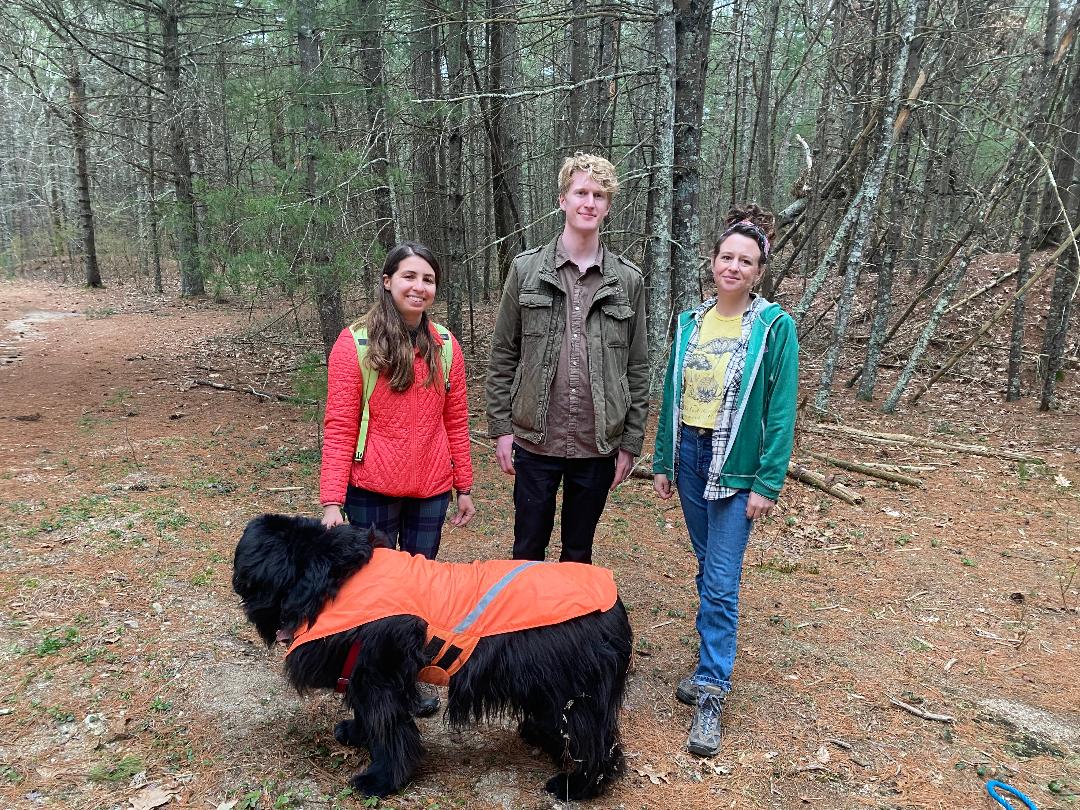Second Beach Dunes Sprayed with Poison to Keep Invasive Sedge from Taking Root
October 30, 2023
MIDDLETOWN, R.I. — Piping plovers weren’t the only species making a return to Second Beach this summer; a familiar invasive species was also growing in the sand dunes, unbeknownst to most beachgoers.
It’s called Carex kobomugi, commonly known as asiatic sand sedge or sometimes Japanese sand sedge. Native to eastern Asia, it is considered a particularly persistent and invasive pest in the United States, thanks in large part to its shallow but dense root system that crowds out other vegetation.
It is one of the few invasives that can take root in beach ecosystems, and left unchecked it can contribute to beach erosion. Unlike the beachgrasses that normally populate Rhode Island and Cape Cod dunes, the sand sedge’s much shallower root system leaves beach sand dunes unstable and vulnerable to storm surge.

“We had great success with containing it; we knocked it back,” said Will Cronin, Middletown’s operations and facilities director. “The town worked for a number of years to knock it back. This, I think, was just a section that went unchecked and blew up.”
An ecoRI News reader emailed us Oct. 18 to let us know the dunes were being sprayed. Cronin said he didn’t remember the name of the herbicide used but said the town hired All Island Landscape to handle the spraying. All Island Landscape did not immediately respond to an ecoRI news inquiry on the poison.
Sand sedge first appeared on Second Beach in 2008, and the town had some success in eliminating it from the dunes. The invasive colony identified by the town this year took root in a concise section of the dunes, just west of Second Beach’s main pavilion.
Asiatic sand sedge was first found in the United States in New Jersey in 1929 and was then deliberately introduced up and down the Atlantic Coast to act as an erosion control and sand stabilizer. It was even promoted by the U.S. Department of Agriculture and conservation groups for its ability to withstand disease and other pests common to North American beachgrass.
In Rhode Island, the invasive was first spotted in 1981, at East Beach in Charlestown, where it subsequently spread en masse to several other beaches around the state. It’s been targeted nationwide for elimination since the early 1990s.
The plant is specifically called out in Rhode Island’s 2015 Wildlife Action Plan produced by the Department of Environmental Management as a possible threat to wildlife habitats on beaches, including piping plovers and tiger beetles.
Cronin said the town hires a third-party contractor to spray the Sachuest Point Road dunes with a herbicide during the offseason, to avoid disturbing beachgoers and piping plover that inhabit the beach during the warmer months. The impact from the sedge and herbicide should be minimal, Cronin said, as the plovers prefer to lay in a separate area of the beach.
“Obviously, when visitors see folks in the dunes, we try to protect our dunes as much as can,” he said. “I know when folks see someone in the dunes spraying dune grass, they ask, ‘What’s going on here?’ But it’s an invasive species we’re looking to eliminate in just this one section.”
Piping plovers are small, cute shorebirds that have been identified as an endangered species since the mid-1980s, after nearly being hunted out of existence. Like Rhode Islanders, they love to flock to the state’s beaches starting in the spring, where they nest and lay eggs. They typically leave by late July and early August, wintering anywhere from North Carolina to the Caribbean.
A mid-season report released in June by the U.S. Fish & Wildlife Service said 2023 was a “banner year” for plovers, counting 88 pairs of plovers across Rhode Island beaches, with nearly half of the shorebirds choosing Westerly beaches.
Second Beach, typically a highly productive area for plover nests, reported higher than usual nest loss this year. At Third Beach, no nests at all were reported, with dogs suspected as a possible culprit.




Not surprised no plover nests at third beach due to possible dogs. Middletown does zero enforcement of dogs must be leased. I run both second and third beach every week and have seen unleashed dogs go into the plover areas of both beaches numerous times.
On a slightly different not why is the town of Charlestown allowed to spray the road from the town beach to the campground( charlestown beach rd. ) with calcium chloride year after year.
I wonder if goats could have taken care of that. (Depending how deep the roots are, I’d imagine they could pull up/eat the whole plant).